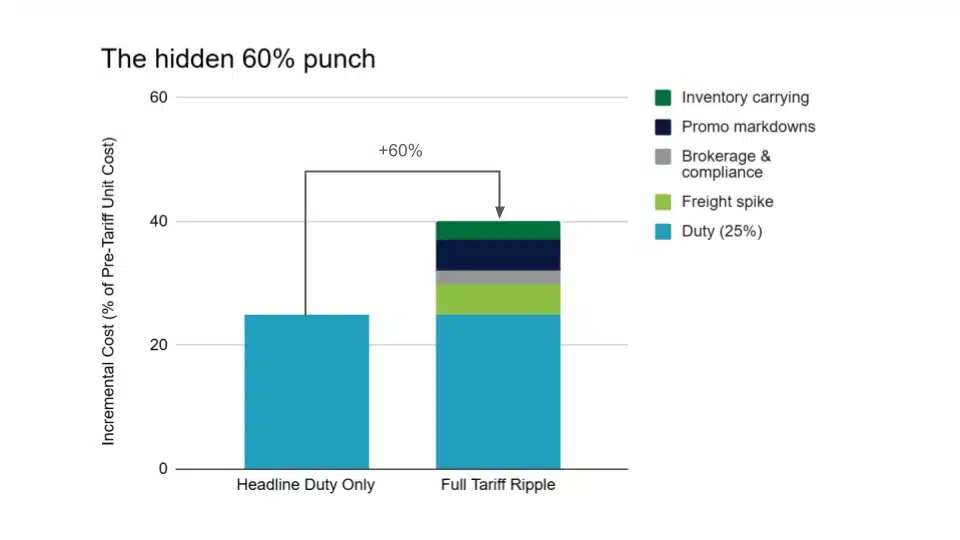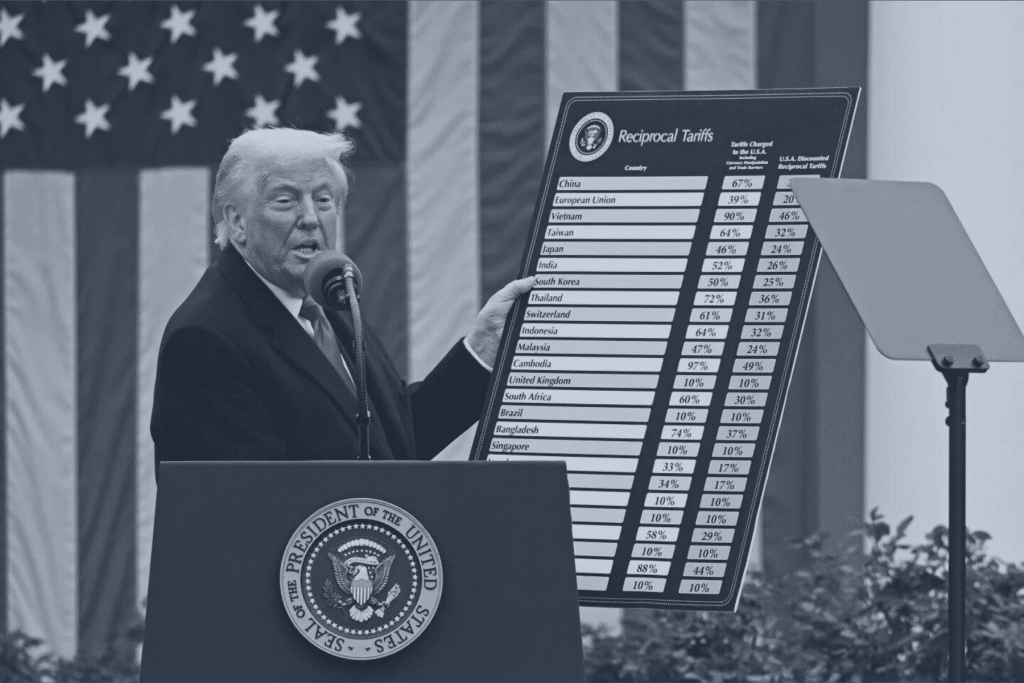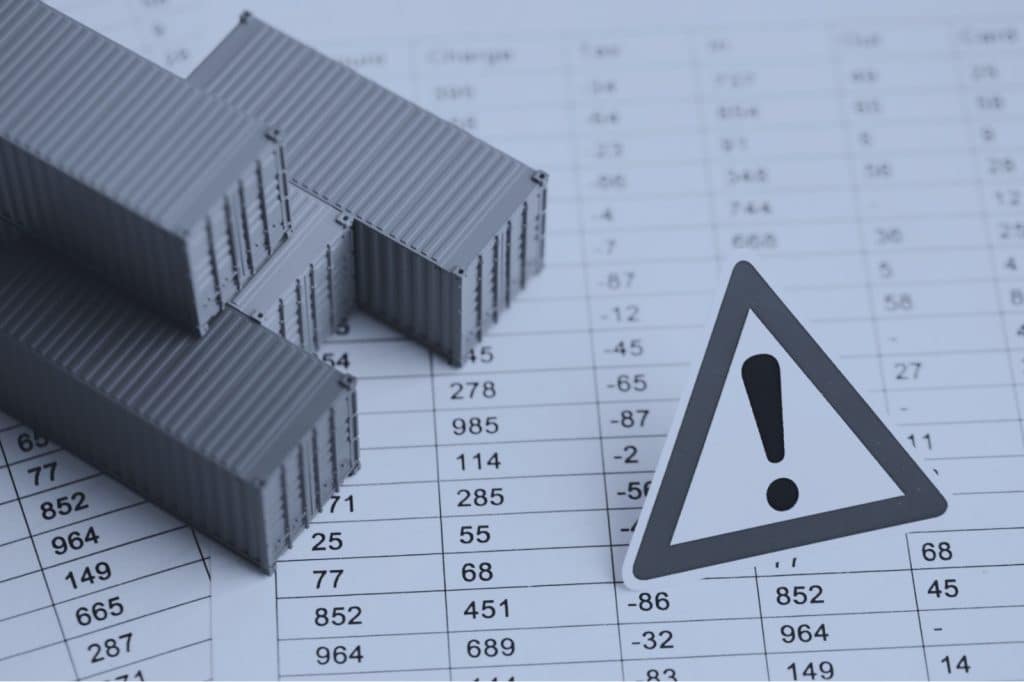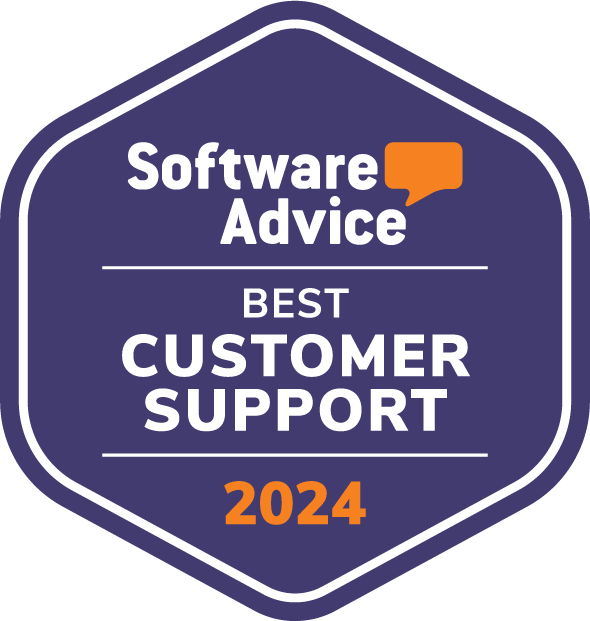High and unpredictable tariffs are no longer just political noise—they’re disrupting profit margins, sourcing strategies, and how consumers experience pricing.
Whether you’re a merchandiser, planner, pricing analyst, or supply chain lead, tariffs are now part of the equation. And their impact runs deeper than many retailers realize.
Why Retailers Must Adapt Pricing to Hidden Tariff Costs
Tariffs aren’t just a simple line item—they set off costly ripple effects across your entire supply chain. When a duty hits, freight rates surge as shipping lanes tighten, customs brokers hike fees amid new complexities, retailers tie up capital by stockpiling inventory, and deep promotional discounts become necessary to sustain demand. These hidden factors compound the tariff’s impact, often doubling the initial duty rate. Even industry giants found themselves blindsided by how quickly tariffs turned into full-blown profit erosion.
Case Study: Dollar Tree’s Pricing Misstep
In 2019, Dollar Tree clung to its iconic $1 price point—despite skyrocketing import costs tied to Section 301 tariffs. By Q4, they absorbed $19 million in added expenses, triggering a 17% stock drop and two years of margin pain. Eventually, they had to break the buck, raising prices to $1.25.
The takeaway? Rigid pricing models break under tariff pressure. You need flexibility, speed, and strategy.
Different Segments, Different Reactions
Harvard Business School research shows that elasticity varies dramatically by product, origin, and customer group. Price hikes don’t affect everyone the same way—and applying blanket adjustments can backfire.
| Segment | Behavior | Suggested Response |
| Value Hunters | Seek deals, switch brands | Flash bundles, price locks |
| Selective Spenders | Prioritize meaningful purchases | Spotlight durability, warranties |
| Premium Buyers | Less price sensitive | Reinforce exclusivity, service |
| Brand Switchers | Chase promotions | Auto-match competitor pricing, reward switching behavior |
Tailoring pricing strategy by segment is no longer a luxury—it’s a must.
Transparency Builds Loyalty
EY reports that over 70% of consumers remain loyal when retailers clearly explain price increases. Whether online, in-store, or on receipts, clear messaging that links changes to external forces like tariffs helps maintain trust—and conversions.
Don’t hide the “why.” Own it with transparency.
Tariffs Reshape Sourcing and Merchandising Strategy
Tariffs aren’t just a pricing issue—they’re a supply chain signal. Retailers are reevaluating:
- Nearshoring to minimize risk
- Dual-sourcing for flexibility
- Vendor renegotiations tied to duty exposure
Sourcing and pricing are now two sides of the same strategic coin.
Why AI-Powered Dynamic Pricing Is the Retailer’s Best Weapon
Traditional pricing models can’t keep up with this complexity. AI-driven dynamic pricing brings the precision and responsiveness retailers need.
Here’s what it enables:
- Real-time adjustment to shifting landed costs
- Elasticity modeling per product and customer segment
- Scenario simulations for “what if” tariff impacts
- Consistent pricing logic across channels—with built-in transparency
More than a tactical tool, AI pricing is now a foundational capability.
TL;DR: What Retail Leaders Should Know
- Hidden Tariff Costs Add Up: A 25% duty can easily become a 40% hit once freight, paperwork, and promo costs are included.
- Consumer Reactions Vary: Elasticity differs by category and customer. One-size-fits-all pricing won’t work.
- Explain Price Changes: Transparent communication builds trust and loyalty.
- Pricing + Sourcing = One Strategy: Where you buy impacts how you price—and survive.
- AI Is Essential: Dynamic pricing helps model, adapt, and win—before competitors do.
| Hidden Cost Driver | % Points Added | Why It Happens |
| Freight‑rate spike | +5 pts | Asia‑US container prices surged 72% post‑tariffs (FreightWaves) |
| Brokerage & tariff paperwork | +2 pts | Customs brokers hiked fees to cover complexity (Reuters) |
| Inventory carrying / front‑loading | +3 pts | Retailers rushed to stock up, tying up capital amid higher interest rates |
| Promo markdowns / demand drag | +5 pts | 77% of retailers used steep discounts to offset price hikes (Forbes, First Insight) |
Total “hidden” hit: ~15 pts, on top of the statutory 25% duty, pushing landed cost impact closer to 40%.
This compounded burden caught even the largest players off guard.










